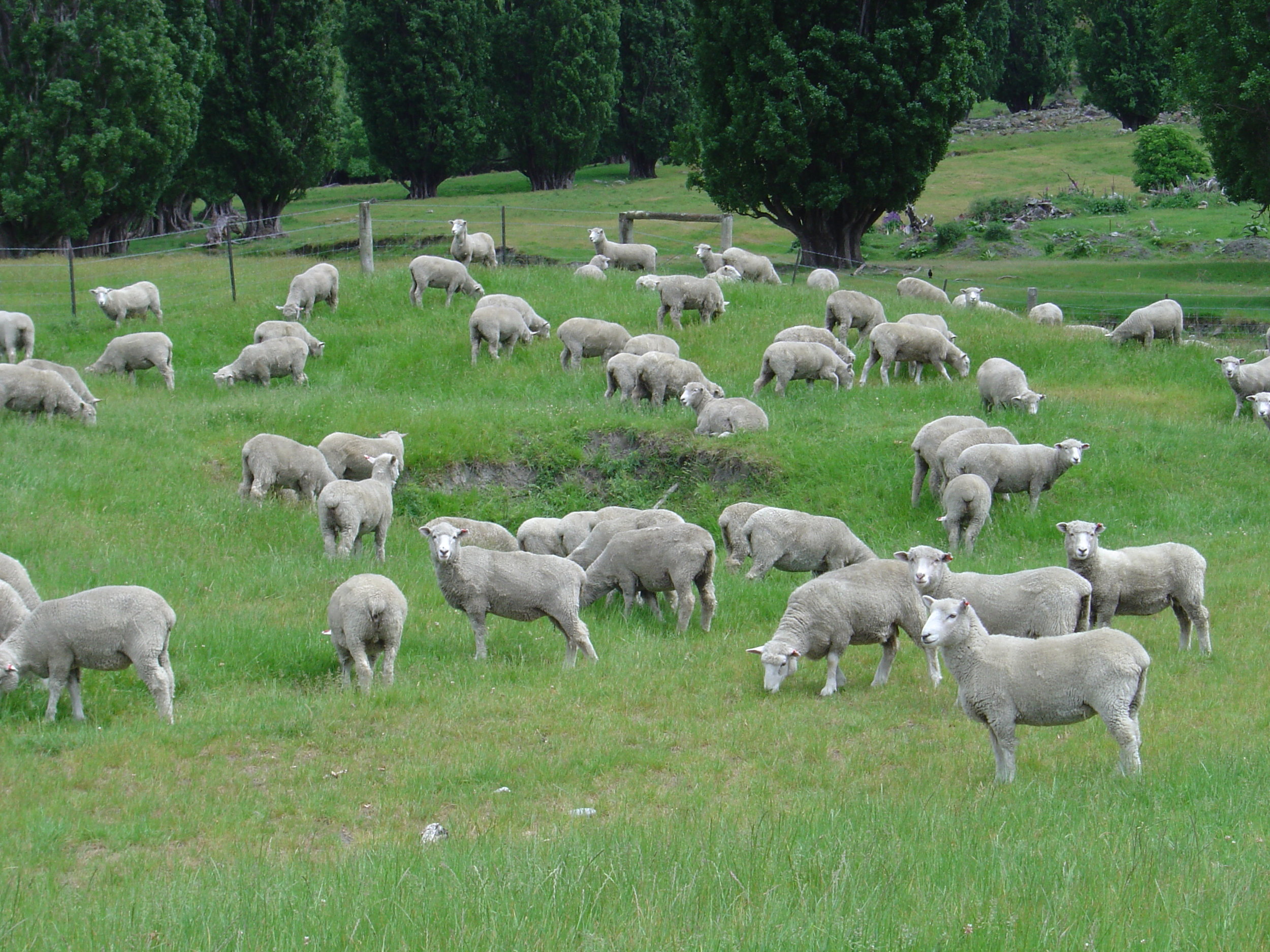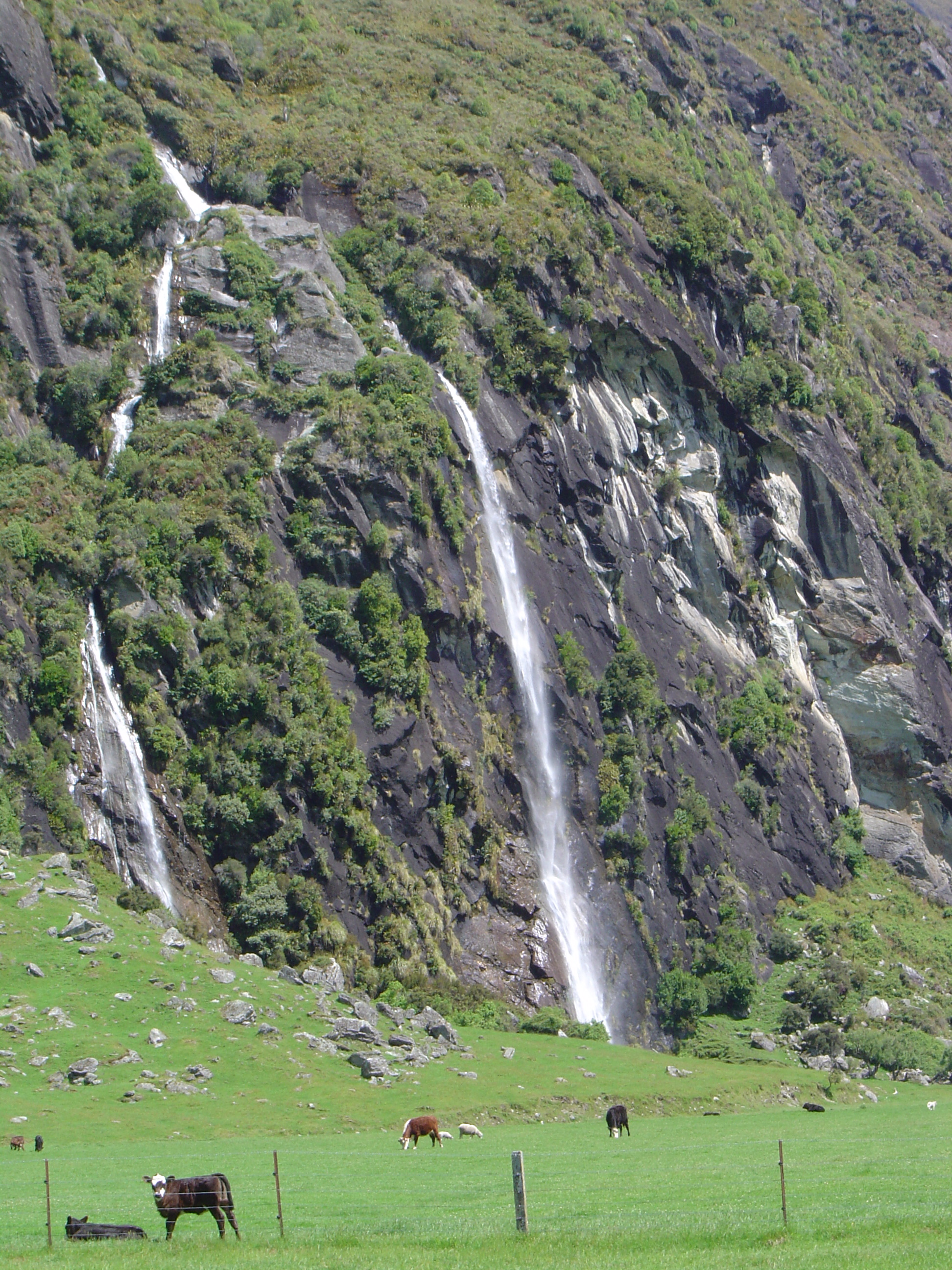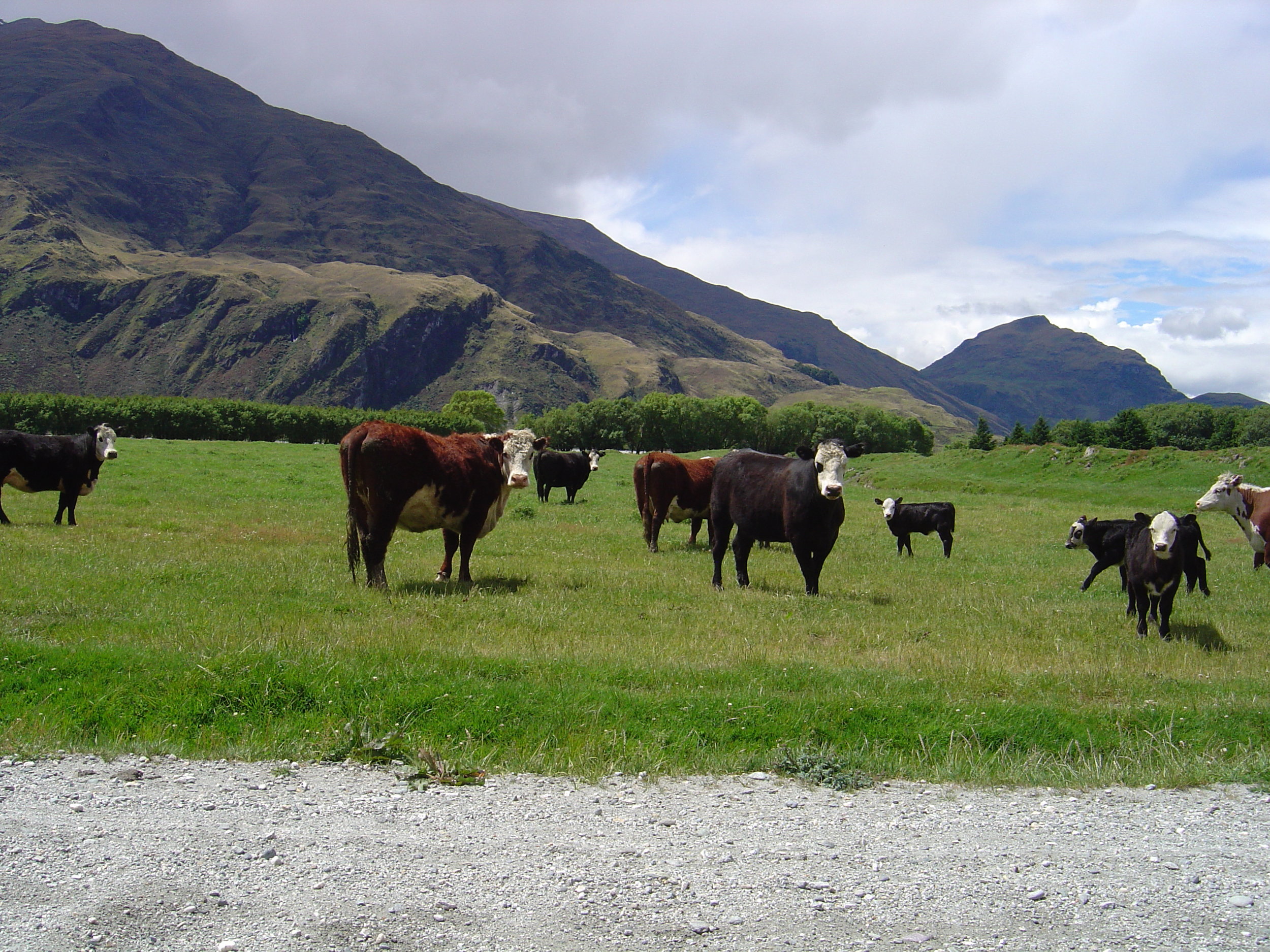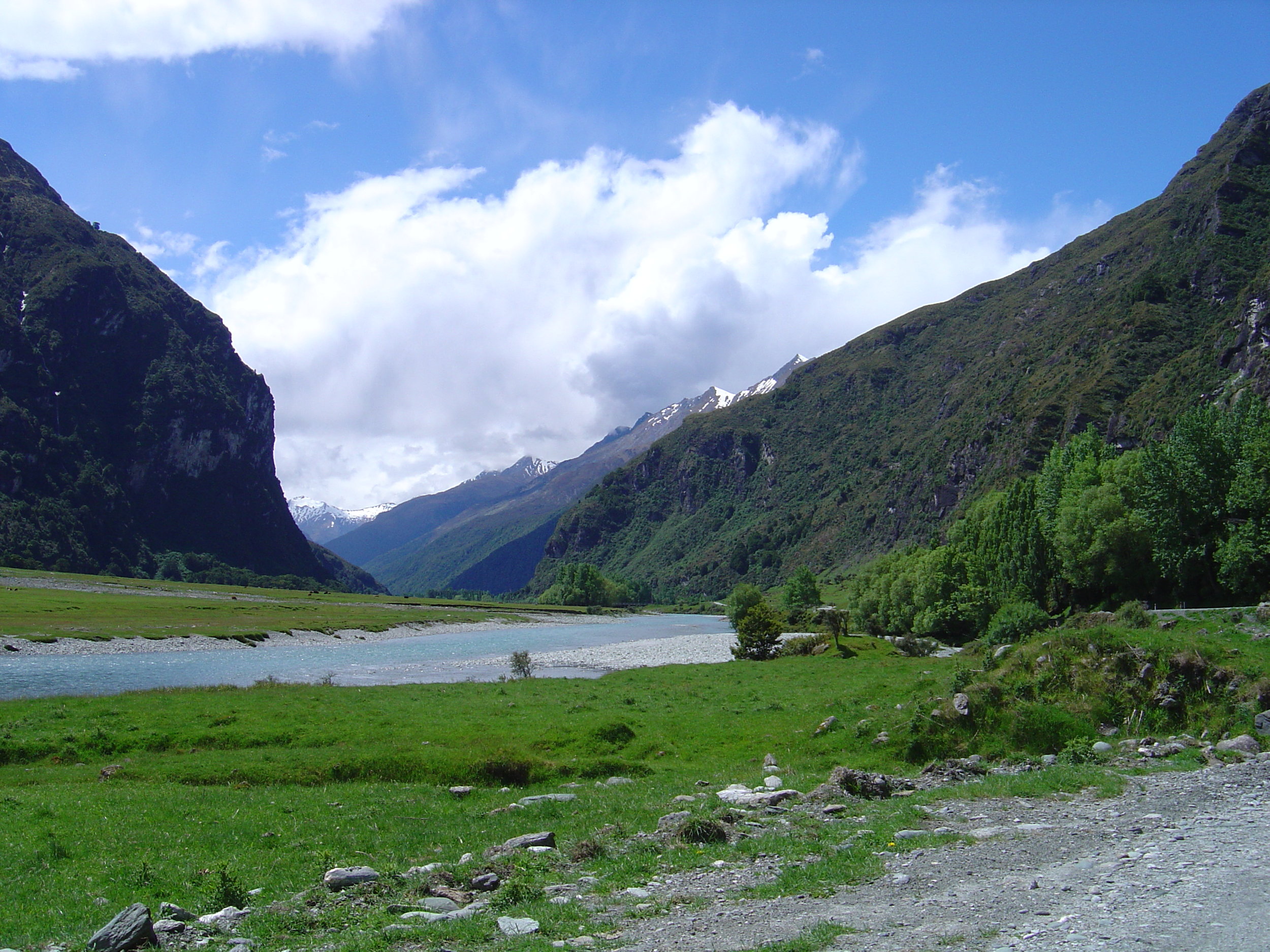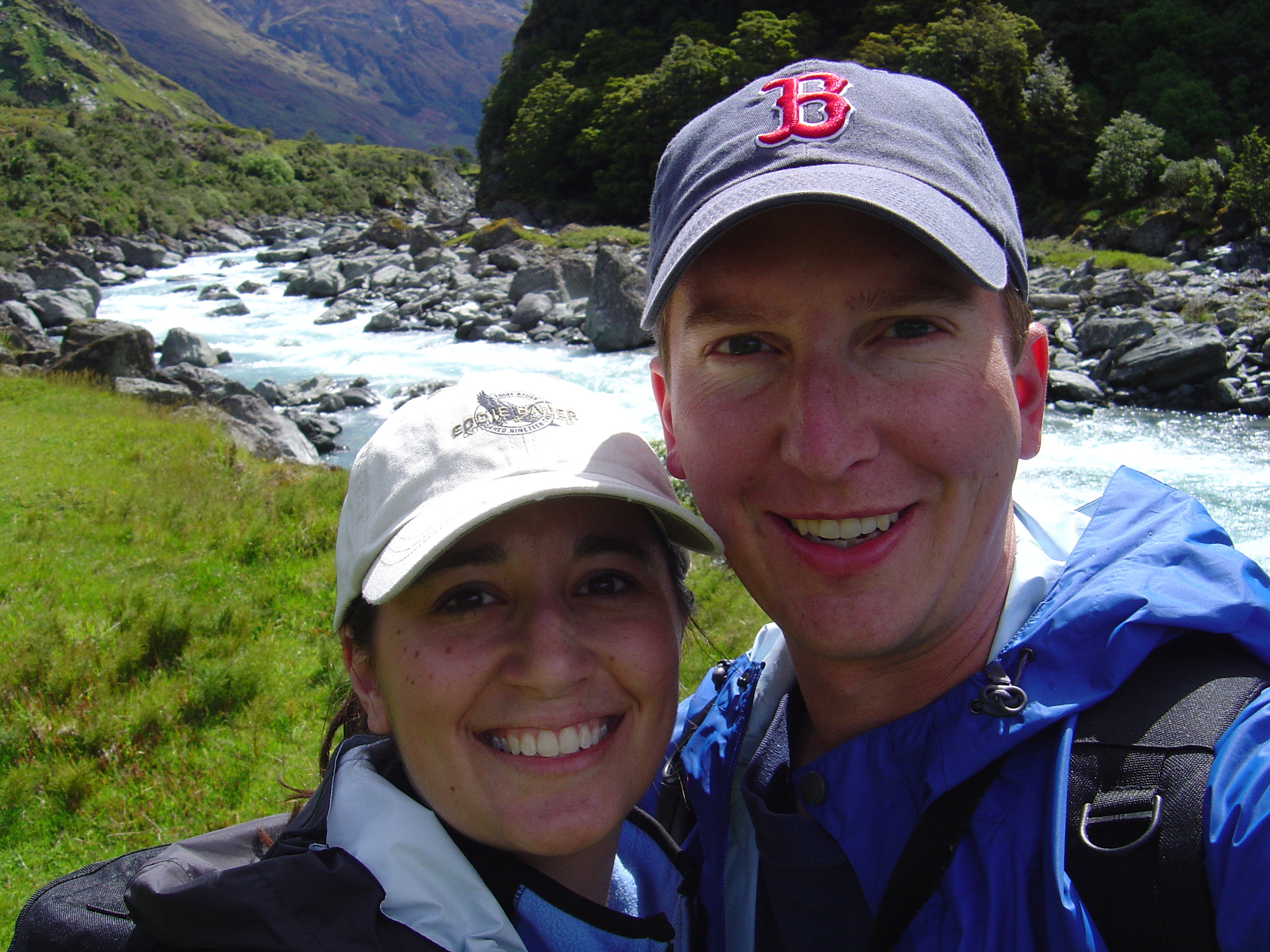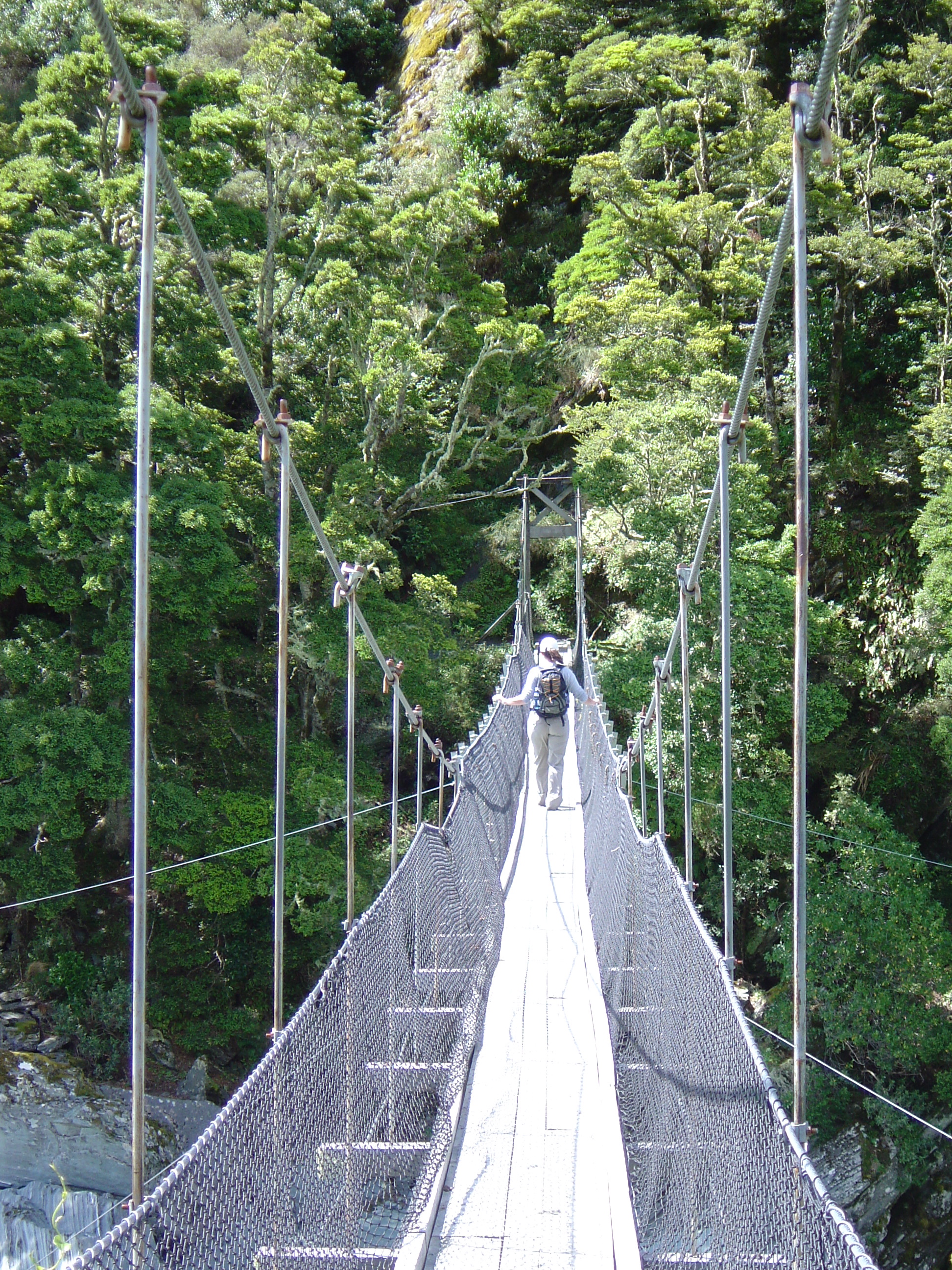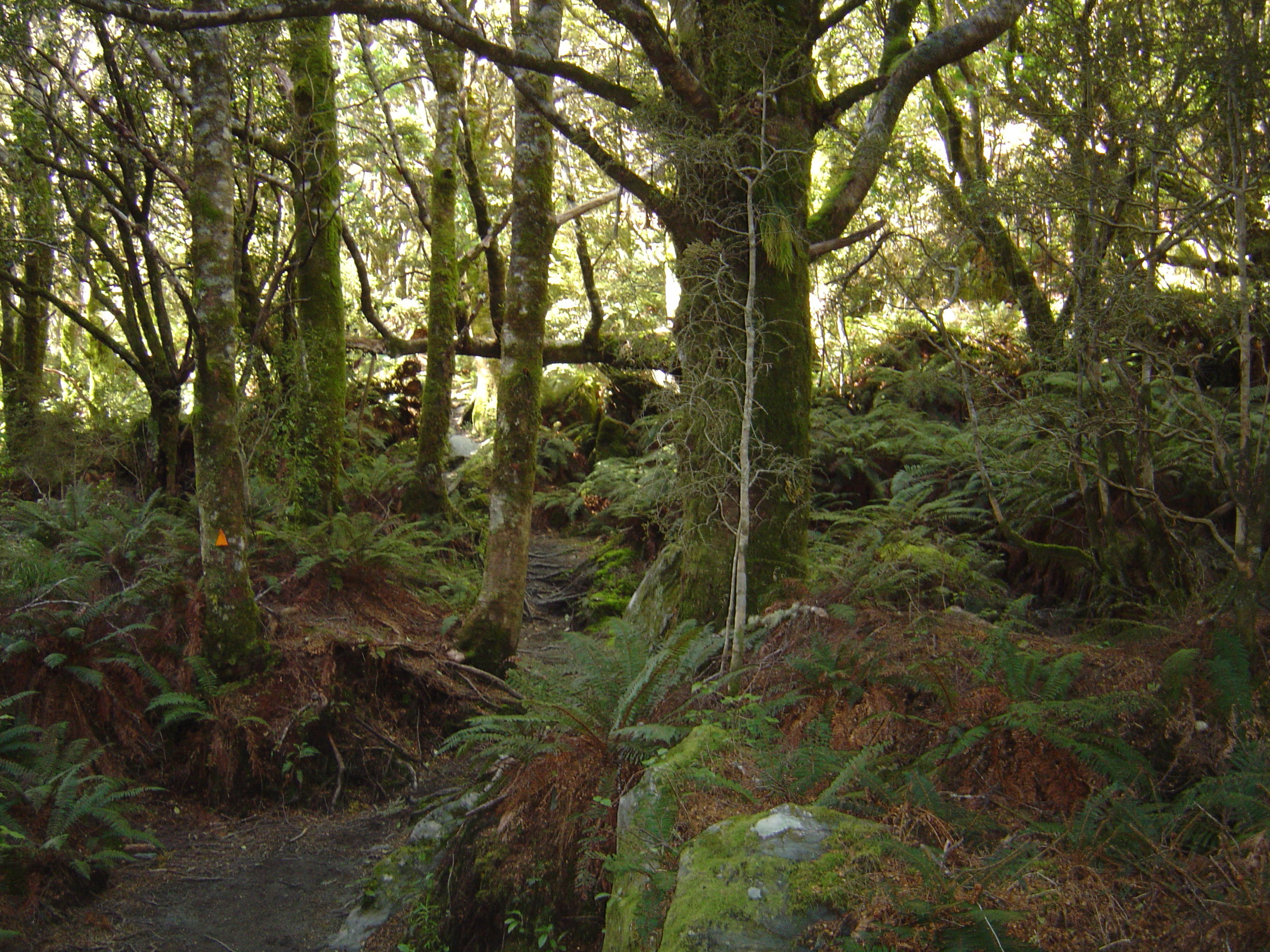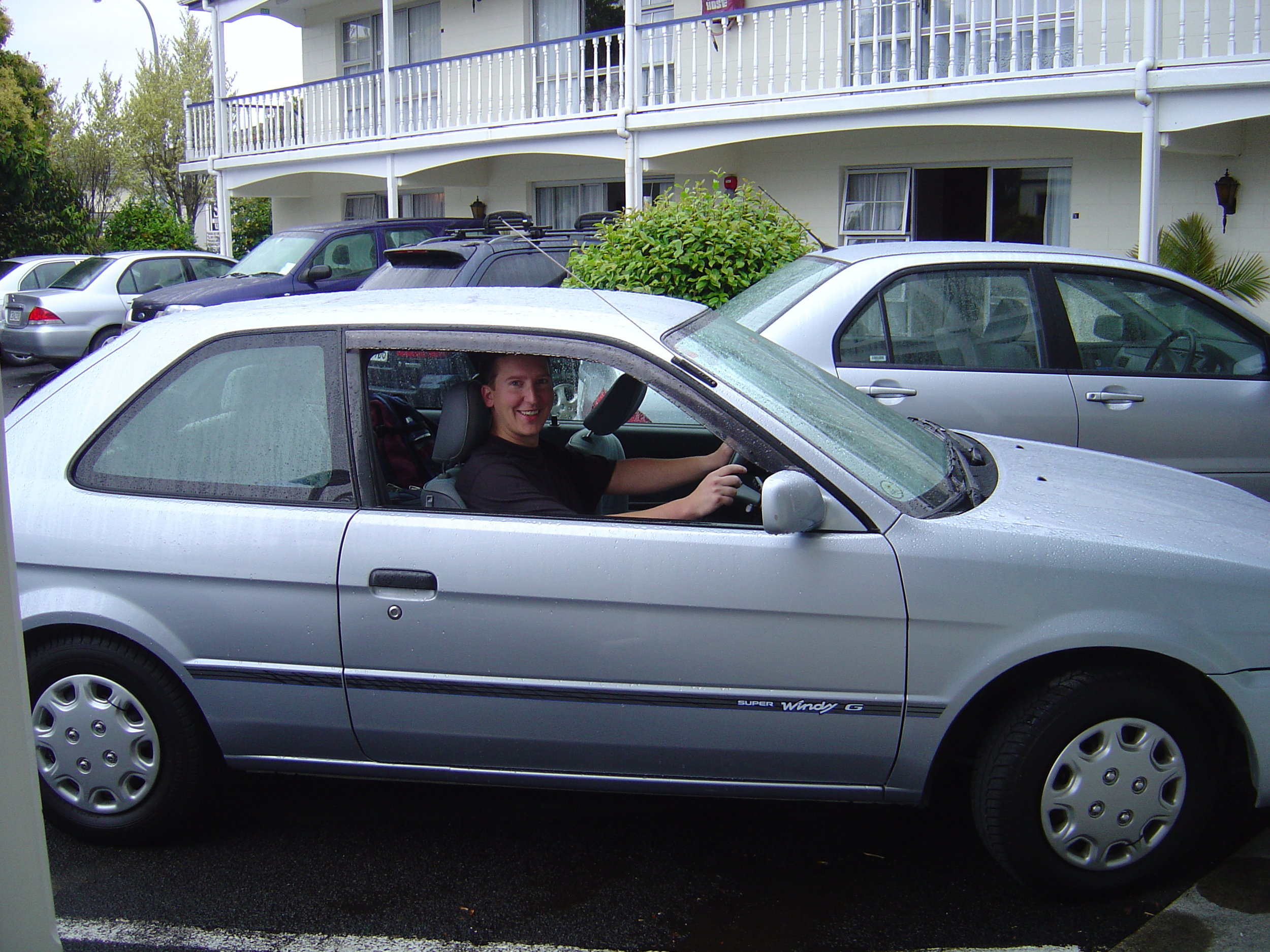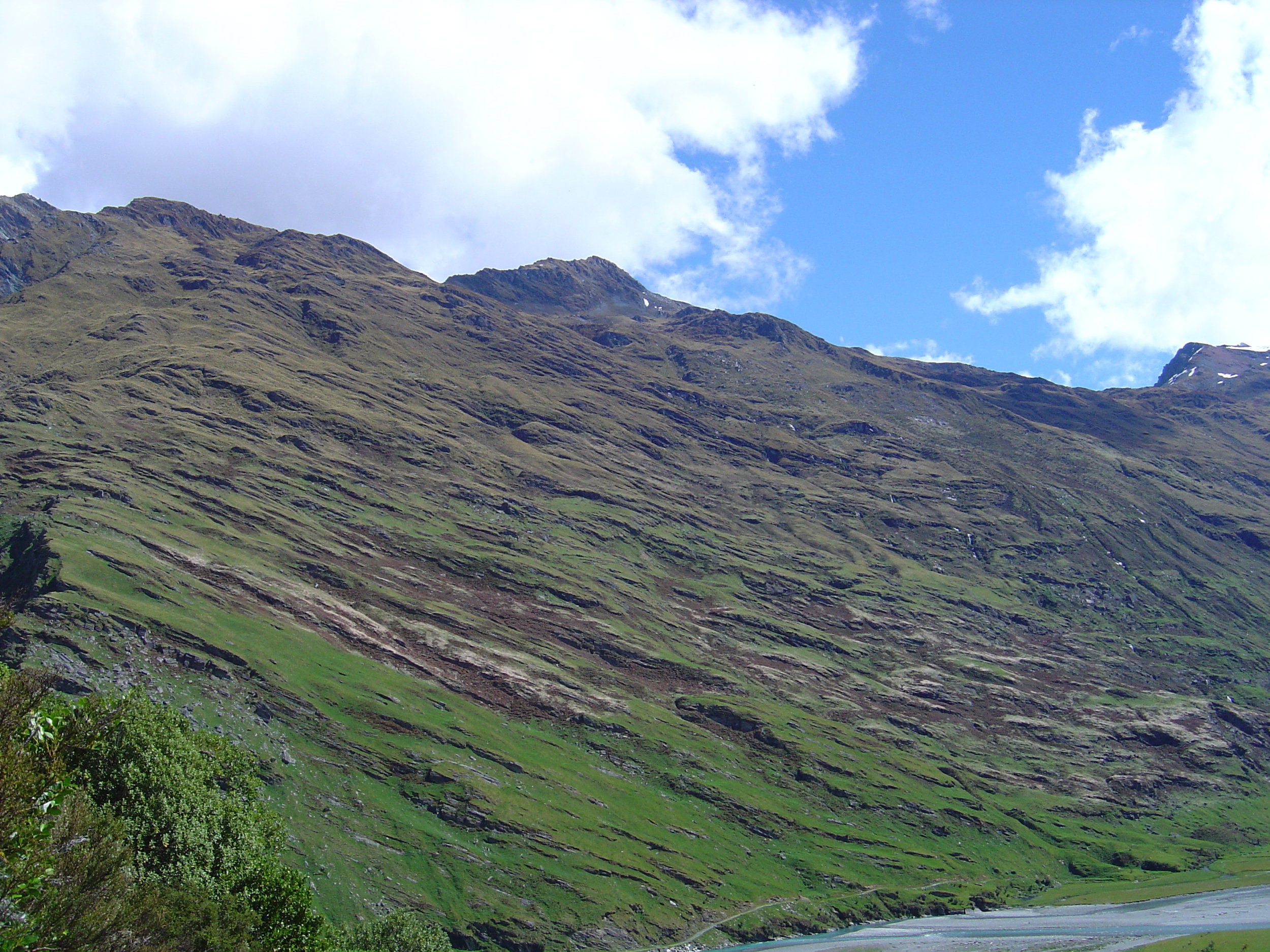Last week Facebook nicely reminded me of a fond memory, that ironically, I’d already been thinking about that very week. Spooky ESP aside, the image was an exclamation point on a road sign in Mt. Aspiring National Park, in the Wanaka area of New Zealand. I’ll start with a disclaimer: we traveled to this jewel of a country (Middle Earth if you’d like to call it that) for our honeymoon over a dozen years ago and it is hands down my favorite place on earth (sorry, Scotland, you’re second place). But I digress. What’s interesting about this sign is that it’s an exclamation point! First, you laugh at the image and think what the what? Then you see the sheep photobomb (and laugh more).
Why the exclamation point?
Doesn't look intimidating at all, right?
Let’s start with how we got there. The drive to the Rob Roy Track was long, gravely, and a shakin’, window-nearly-breakin’ nauseating ride. There was no way to drive “just right”: fast, slow, in the tire ruts, or dodging holes…our car rumbled and roared on the 19-mile (30km) gravel road. The second challenge was alluded to by those lovely yellow signs. Fords in the road.
Yes, with our small rental car we needed to ford washed out parts of the road. Another disclaimer: we had asked a park ranger if the tiny rental car could handle the fords and she advised that it could. These were not little trickles of water. They were a foot deep, twenty feet in width, filled with rocks of all sizes, like your typical river. And we had to ford it over and over. I lost count. We probably crossed eight passes. Each time, I held onto the car for dear life while my husband drove us down, through the rocky, deep bottom, and back up the other side.
Looks easy? Tell our car that. Just you wait and see what's coming for you in a few more miles...(Okay, I just personified the road, but hey, it was mean!)


